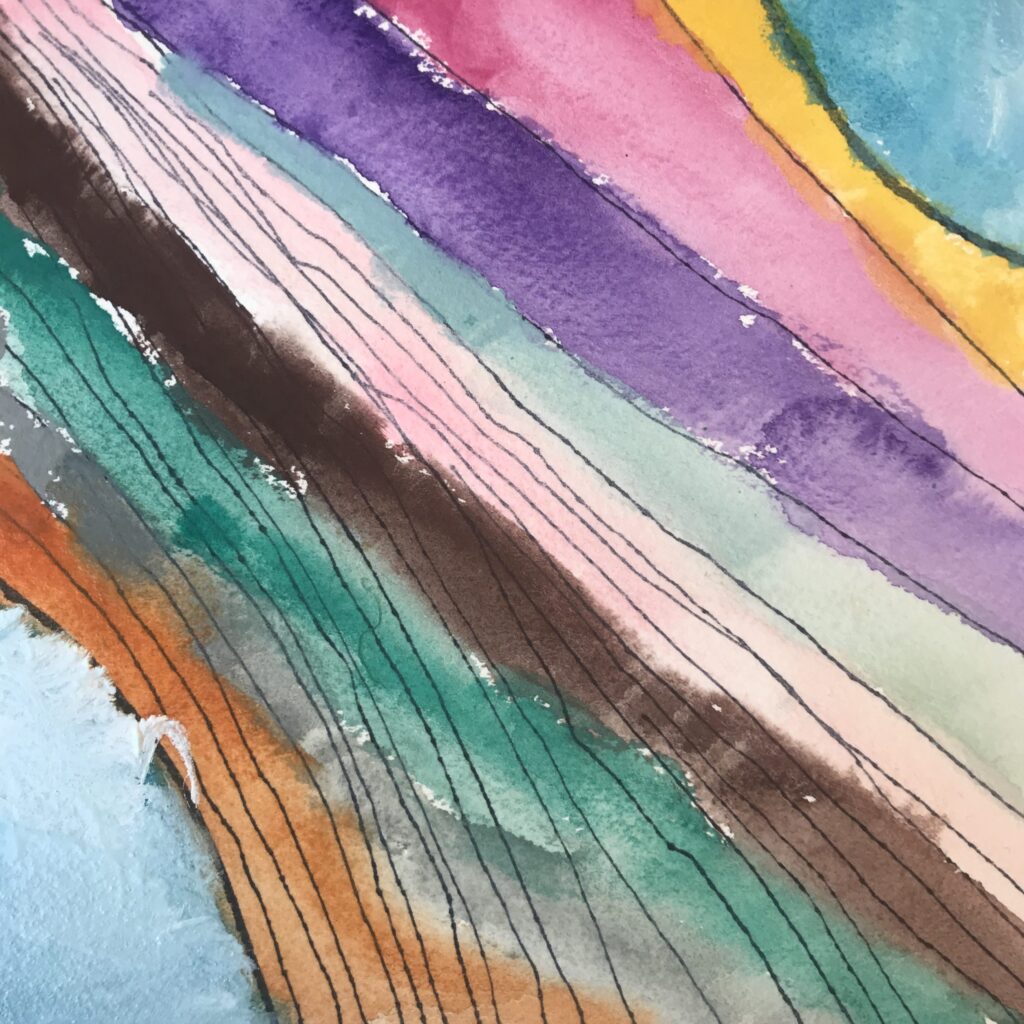“In a world that is becoming more individualistic, place-based learning invites young people into the community.”
-An excerpt from Chapter 1 in The Power of Place by Tom Vander Ark, Emily Liebtag, and Nate McClennen
What was one of the most memorable learning experiences of your life? Take a moment to recall the circumstances and perhaps the challenges associated with that memory. Who was there? What season was it? How did that experience change you?
While it’s possible that what you called to mind took place in a classroom setting, it’s more likely that it happened outside of traditional school hours. It’s even more likely that it was associated with a significant place or relationship. These shaping experiences help us discover new interests and capacities, and, when educators successfully invite students to let learning flow in and out of the classroom walls, the potential for their growth and development increases exponentially.
Once students move through the primary years of schooling, learning experiences rooted in place tend to go the way of finger painting and rest time. In other words, they become obsolete. Place-based education builds a strong argument for integrating learning beyond the classroom at all grade levels through the Community as Classroom design principle.

The Community as Classroom principle in action
Learning begins with wondering. Elementary-age students at Mountain Academy were wondering how they could help wild animals thrive in their region. Given their school’s setting in a rural mountain town with an abundance of wildlife, this question related to their real-world experience. Their teacher, Hilary Hays, helped refine and steer their question in a direction of meaningful impact through inquiry and relevant small research projects. Local wildlife experts visited the class to broaden their knowledge base and field trips added an experiential counterpart. Over the course of a school year and with support from the surrounding community, these young students managed to raise awareness around wildlife safety on roadways and donate funds to a local wildlife rehabilitation center. And significantly, they each experienced learning in the classroom that connected to a meaningful impact on an issue in their community.
Read the full story of students making an impact through a local wildlife project here.
A Tool for Defining Place – The Place Triangle 
Any place in the world can be viewed through the lens of the Place Triangle by observing its ecological, cultural, and economic elements. This is why place-based education is often described as “anytime, anywhere learning.” Learning rooted in the Community as Classroom design principle typically involves considering two or more elements of place.
More than just getting outside
A common misconception about the Community as Classroom principle (and place-based education more generally) is that it primarily takes place in settings that are rural and wild. But this approach to learning can truly happen anywhere.

Kindergarten students in an Alabama classroom learned a positive way to process difficult emotions through artistic expression embedded in community experiences. To begin, the teacher joined with students in selecting monthly readings focused on different emotions. Then students would creatively express their experience with that emotion through various art mediums. With a focus on social-emotional learning, this project was designed to offer young students a healthy way to process emotions at a developmental stage when they do not necessarily have the words to accurately describe or understand their feelings.
The community served as a classroom in a couple of different ways in this project. First, students took a walking field trip around the University of West Alabama campus to visit various art features and engage in conversation around which emotions students associated with different pieces of art. Though only kindergartners, these students were able to reflect on how different places evoke different emotions.


